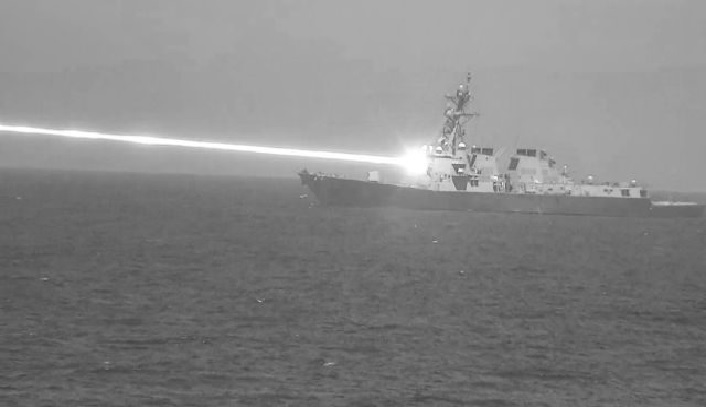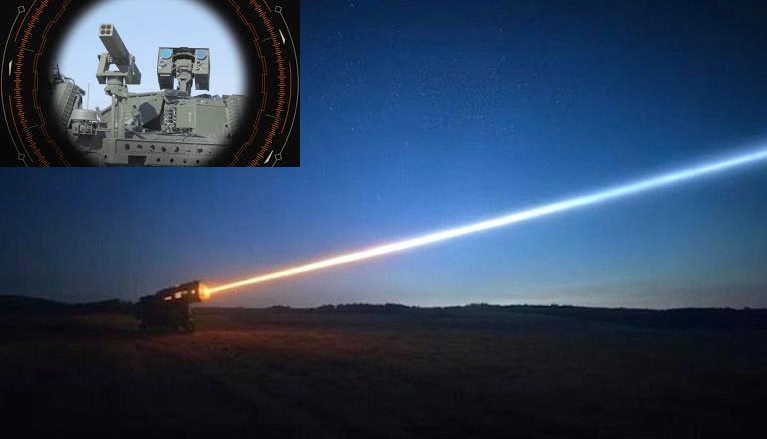Iran Supplies Advanced 358 Anti-Aircraft Missiles to Regional Proxies

Defense News ,Iran :- In a strategic move, Iran is enhancing the capabilities of its proxy forces in Lebanon, Syria, and Yemen by equipping them with the sophisticated 358 missile, also known as Saqr (Hawk) in Yemen or the SA-67 system. This cutting-edge anti-aircraft interceptor, equipped with an electro-optical warhead, has recently been highlighted by Yair Ramati and Yaakov Lappin in a comprehensive analysis published on the Israeli Alma research center website.
Originally unveiled by Iran in 2019, the 358 missile has proven its effectiveness in downing unmanned aerial vehicles (UAVs), even successfully targeting an American MQ-9 Reaper over Yemen. The United States Navy has intercepted weapons-smuggling ships delivering these missiles to the Houthis in Yemen, underscoring the geopolitical significance of this development.
According to the analysts, the deployment of the 358 missile marks a substantial enhancement in air defense capabilities for the Iranian-led radical axis, potentially complicating aerial operations for opposing forces and altering the regional balance of power. This poses a particular challenge to Western power projection capabilities, especially concerning the use of Medium Altitude Long Endurance (MALE) UAVs—an issue reminiscent of the lessons learned in the Ukraine-Russia war.
Israel, which currently maintains a significant aerial advantage over its adversaries, including Hezbollah, faces a changing landscape. Iran is actively working to strengthen its air defense capabilities and extend these improvements to its proxies. Hezbollah, with substantial Iranian support, has been upgrading its air defense arrays, utilizing advanced anti-aircraft systems, MANPADs, and the formidable 358 interceptor missiles effective against helicopters, light aircraft, and medium-altitude UAVs.
Recent events, including multiple interceptions of surface-to-air missiles fired from Lebanon at Israeli UAVs, highlight the evolving threat. While Israel currently relies on its Iron Dome batteries to counter these unique interceptors, the ever-growing air defense capabilities necessitate adaptations by the Israeli Air Force to maintain superiority. The development of Hezbollah air defense, particularly with the introduction of the 358 interceptors, signals the initiation of an Anti-Access/Area Denial (A2/AD) strategy, potentially posing a significant challenge to Israel air dominance in the region.



